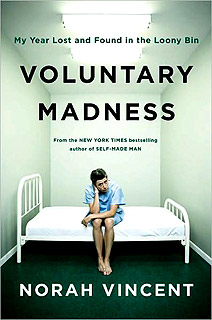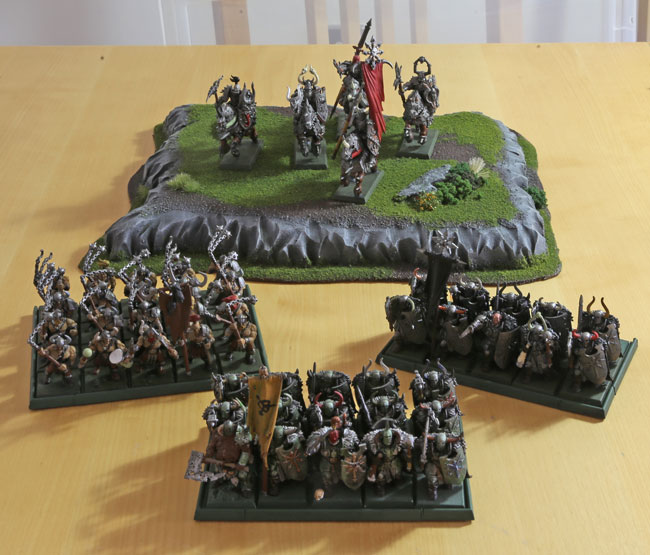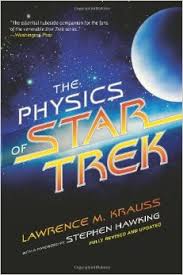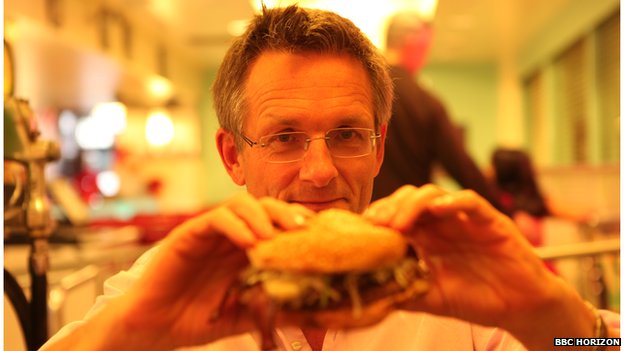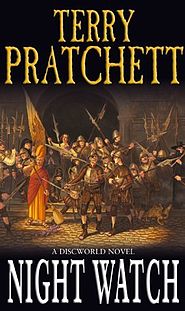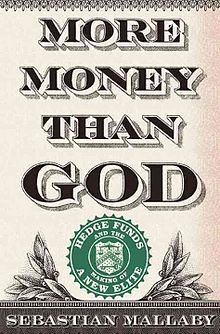After writing her book Self-Made Man, Norah Vincent found herself struggling psychologically. So she checked herself into a psychiatric hospital, whereupon she got her next idea for a book. The result is “Voluntary Madness: My Year Lost and Found in the Loony Bin”.
In the book she checks herself into three different hospitals – a downtown public one named Meriwether, a private Catholic facility named St Luke’s, and an alternative therapy centre named Mobius.
She has no problems getting in. As she says, you can only look back and see the mental health problem. This is exactly the feature Daniel Kahneman talks about in Thinking, Fast and Slow. Staff at psychiatric hospital (or indeed anyone, but you would expect these people to be able to) cannot tell the difference between the sane and in the insane. Not that there is necessarily a line between the two.
The results are rather predictable. Meriwether is a cold, clinical hellhole, St Luke’s is tolerable and Mobius comes off the best.
How much we can draw from this, I am not sure. Firstly, you have to look at clinical outcomes and Norah being a sample of one is merely an anecdote about her experience rather than data to draw any conclusions from. Secondly, Mobius only take a select band of mental health issues, and so it is difficult to compare them like-for-like.
It is difficult to compare the financial costs of them because they are all in the United States, where prices are warped by the insurance system where there is little incentive to keep costs down. However, the fact that her insurance company pulled the plug because she was allowed out for runs and not drugged up to the eyeballs speak quite poorly of the US system. It would be interesting to read a similar book looking at British hospitals to compare the differences.
There are some no-brainers that we should take away from the book. Not providing health meals, or a gym, is just stupid. There is loads of clinical evidence to suggest a healthy physical lifestyle helps with mental health too, so these things should probably be the first things you put in.
Providing fresh air, using drugs sensibly, treating people like human beings, giving them a clean bathroom and some proper therapy would all probably be helpful too. However, it would be naive to think that there are not complex social reasons why these are not always provided.
In some ways, mental health could be the most exciting area of healthcare to work in. I suggest this because a lot of the ideas mentioned above are both a) easily to implement and b) would probably improve clinical outcomes.
Improving outcomes for cancer for example is really difficult. We need to find a whole new treatment, lab test it and role it out. Cancer Research UK spends nearly half a billion pounds a year on this. In comparison, to improve some mental health outcomes, you need to buy a treadmill. They’re £150 on eBay.
Of course that is a massive over-simplification and if it really was that easy you would hope that we would have done it by now. Nevertheless, it feels like we have room to make some positive changes in mental health that are easier than with physical health. Hopefully, with increased funding and research focusing on these areas, those changes will come.
